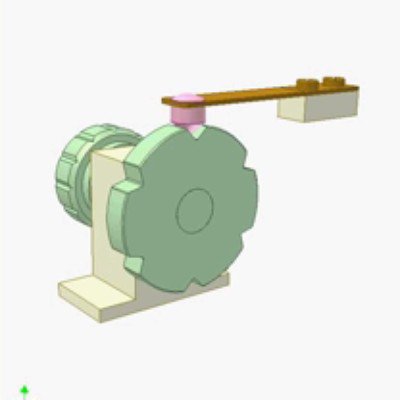Study of Worm-Worm Drive
« previous mechanism
 Friction Ratchet Mechanism
Friction Ratchet Mechanism
next mechanism »
 Positioning Device
Positioning Device
« previous mechanism
 Friction Ratchet Mechanism
Friction Ratchet Mechanism
next mechanism »
 Positioning Device
Positioning Device